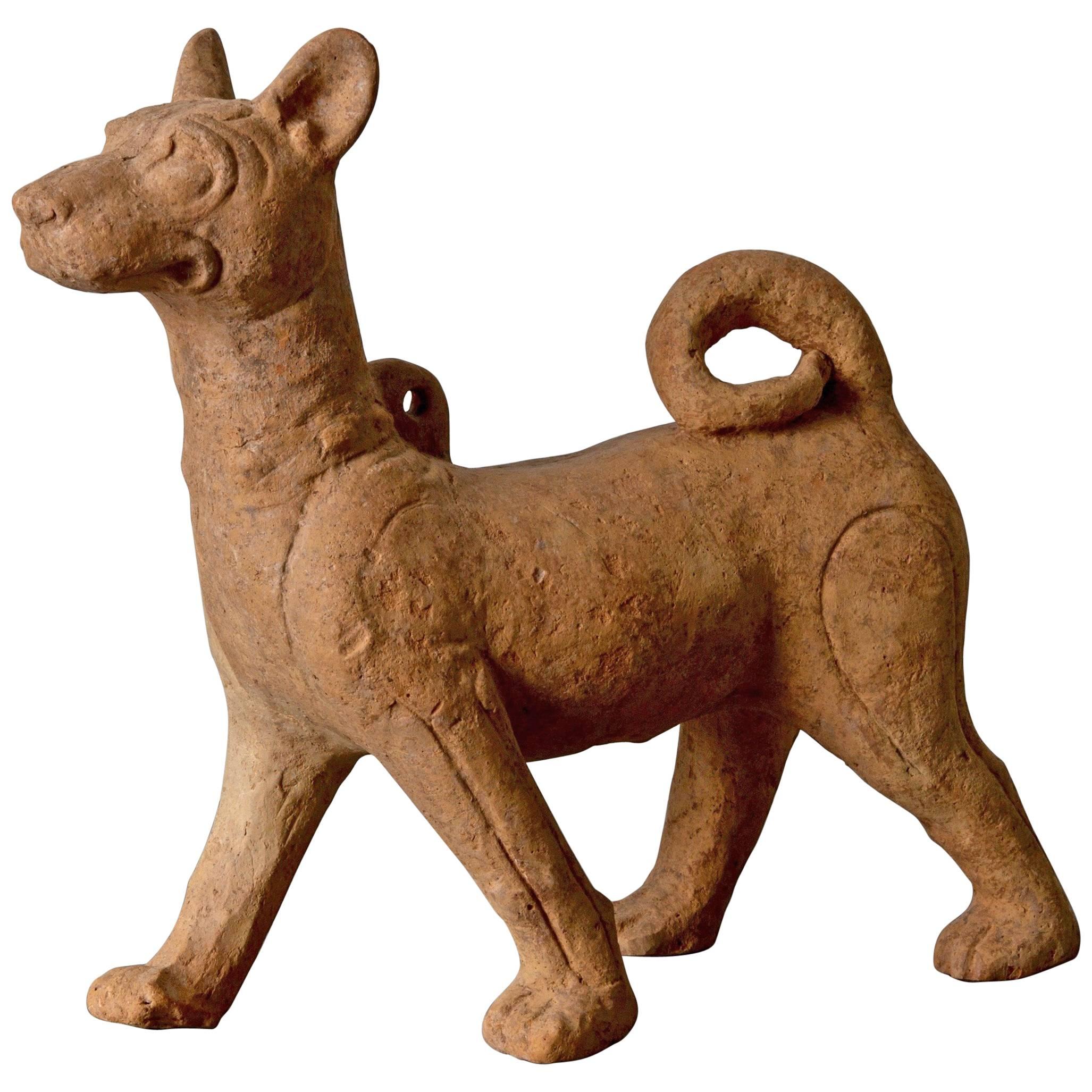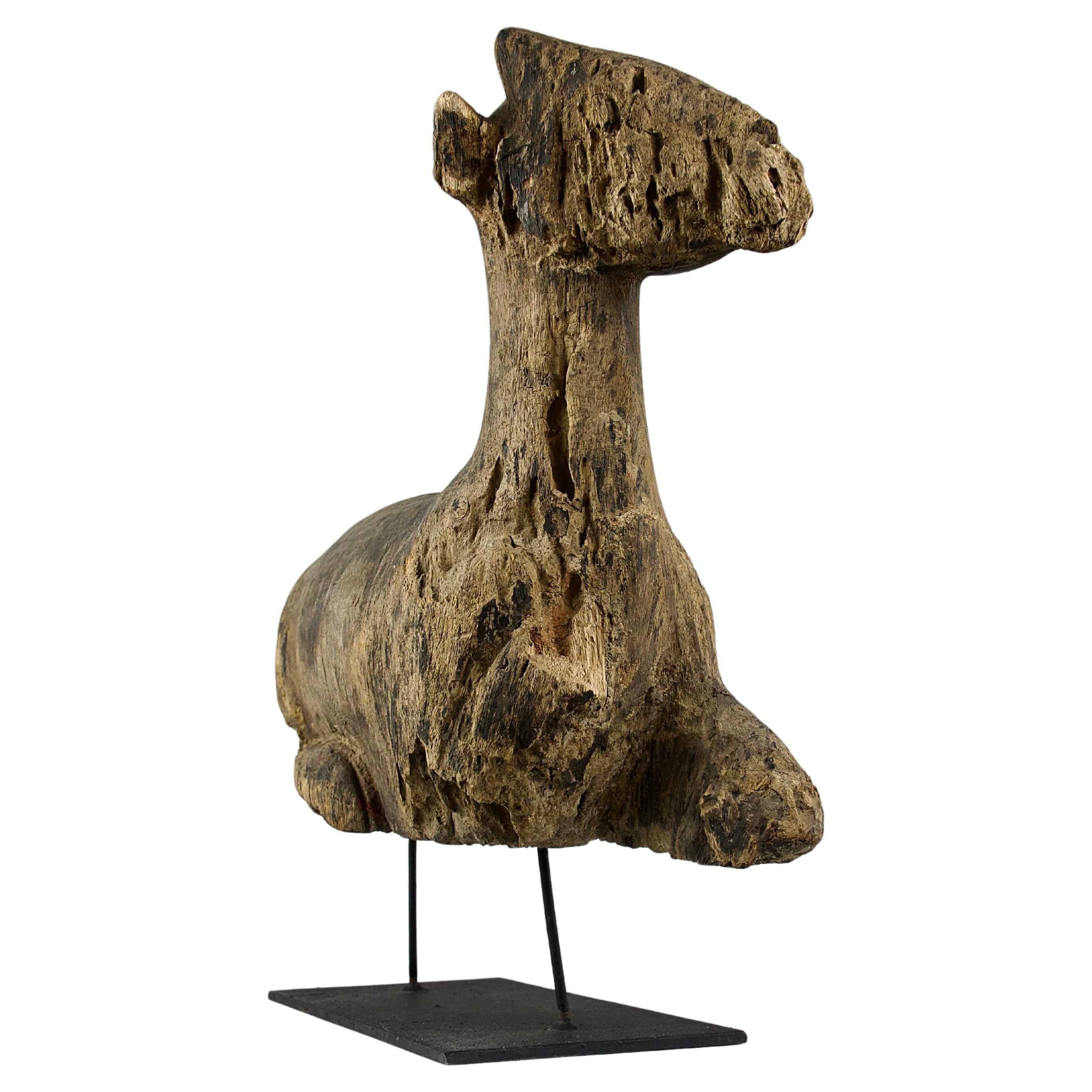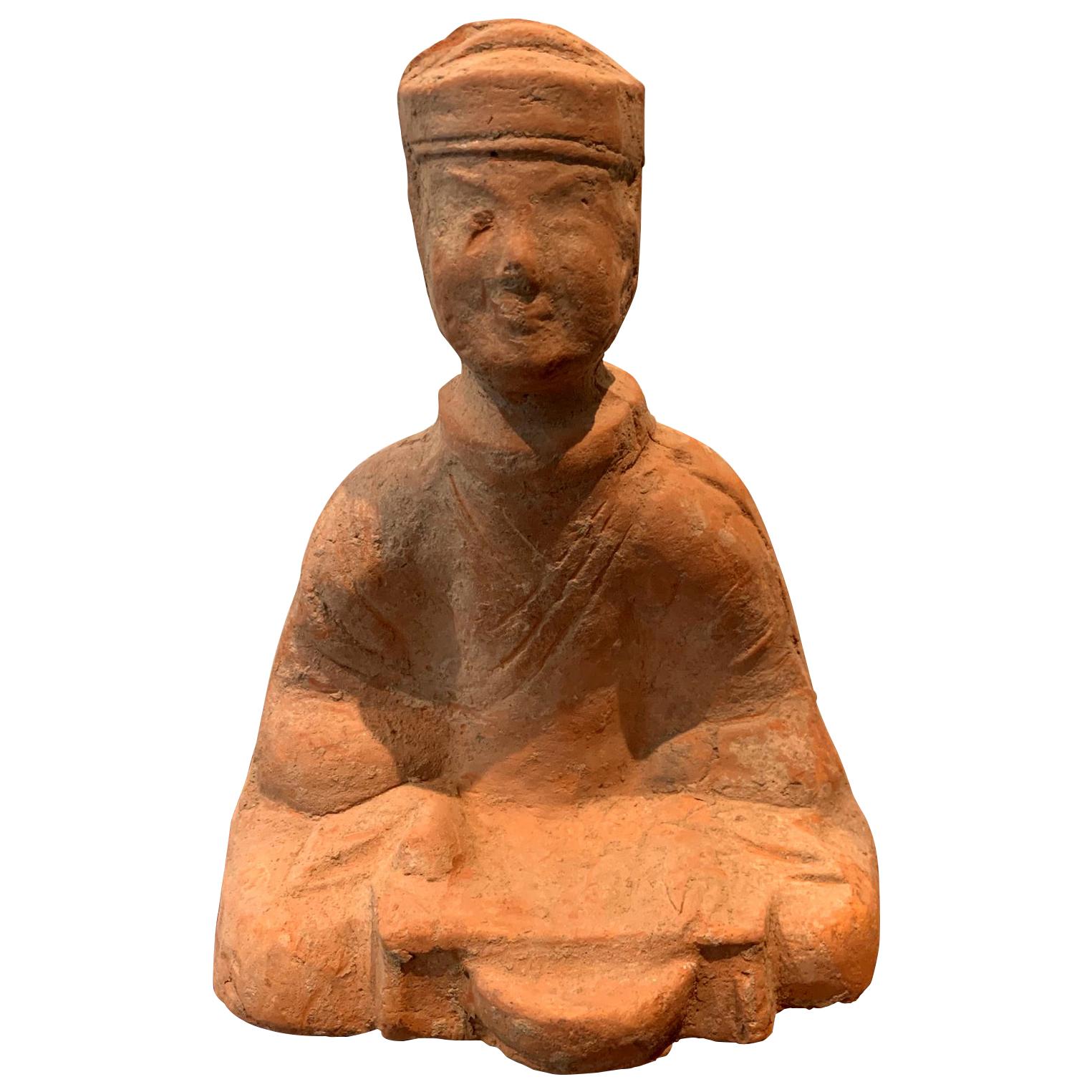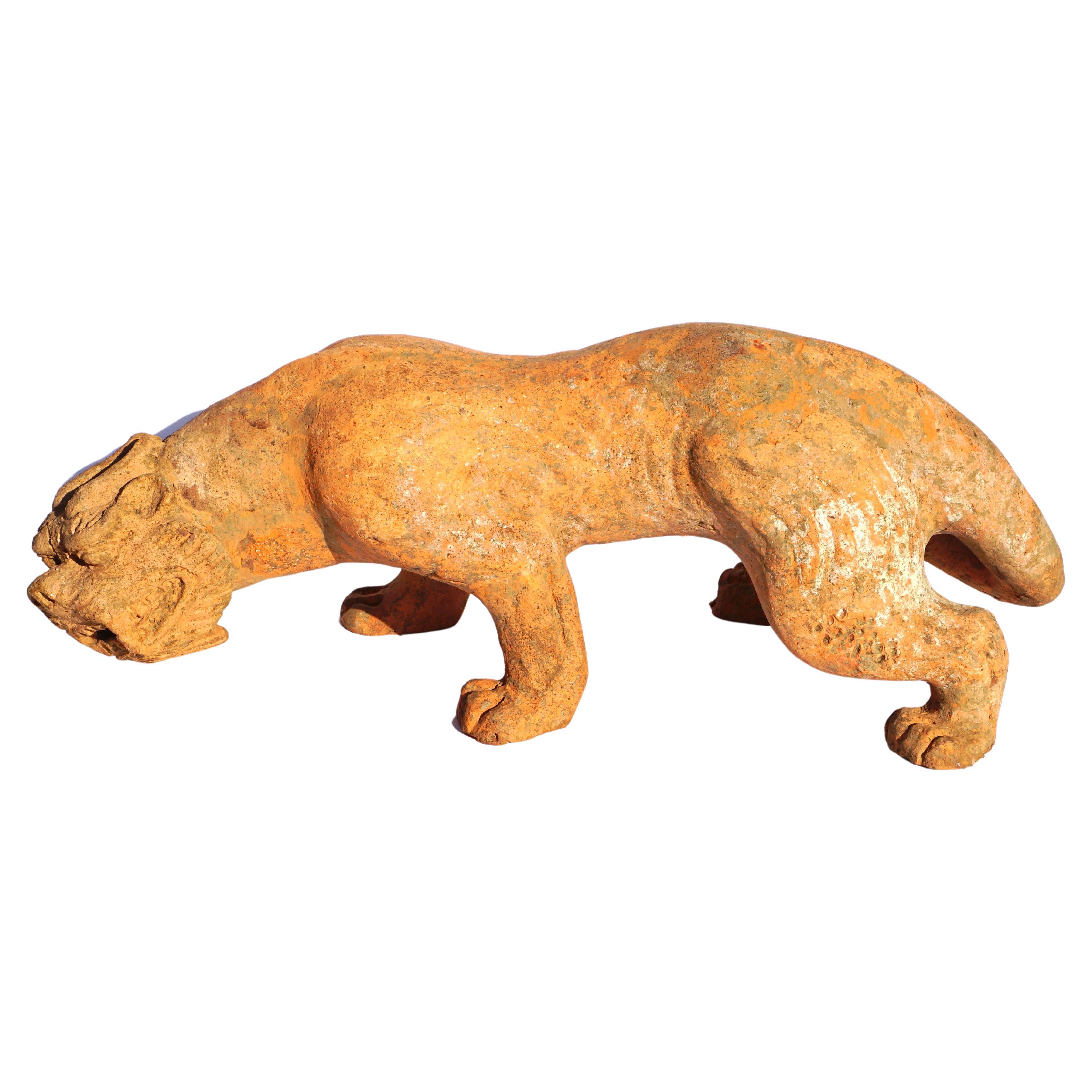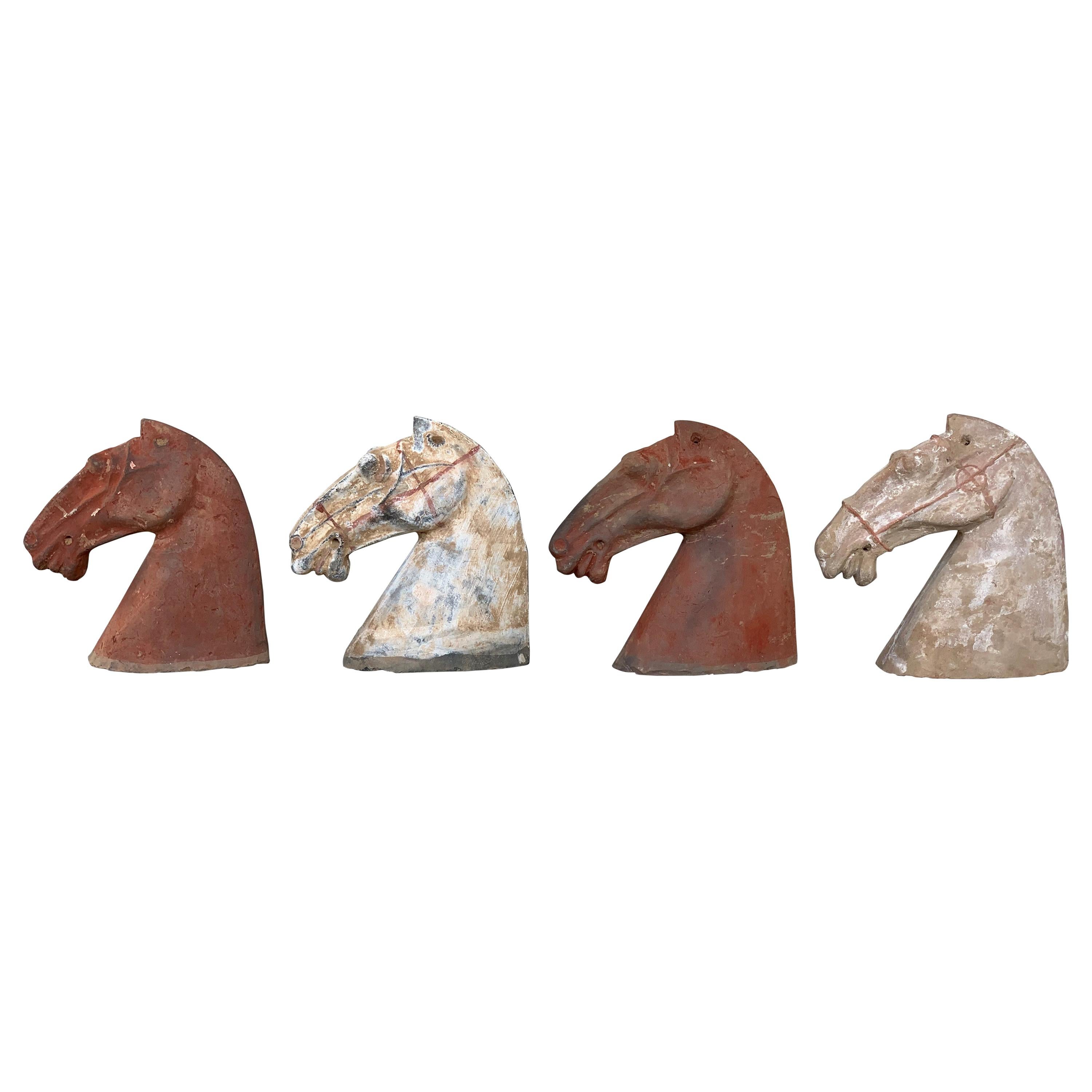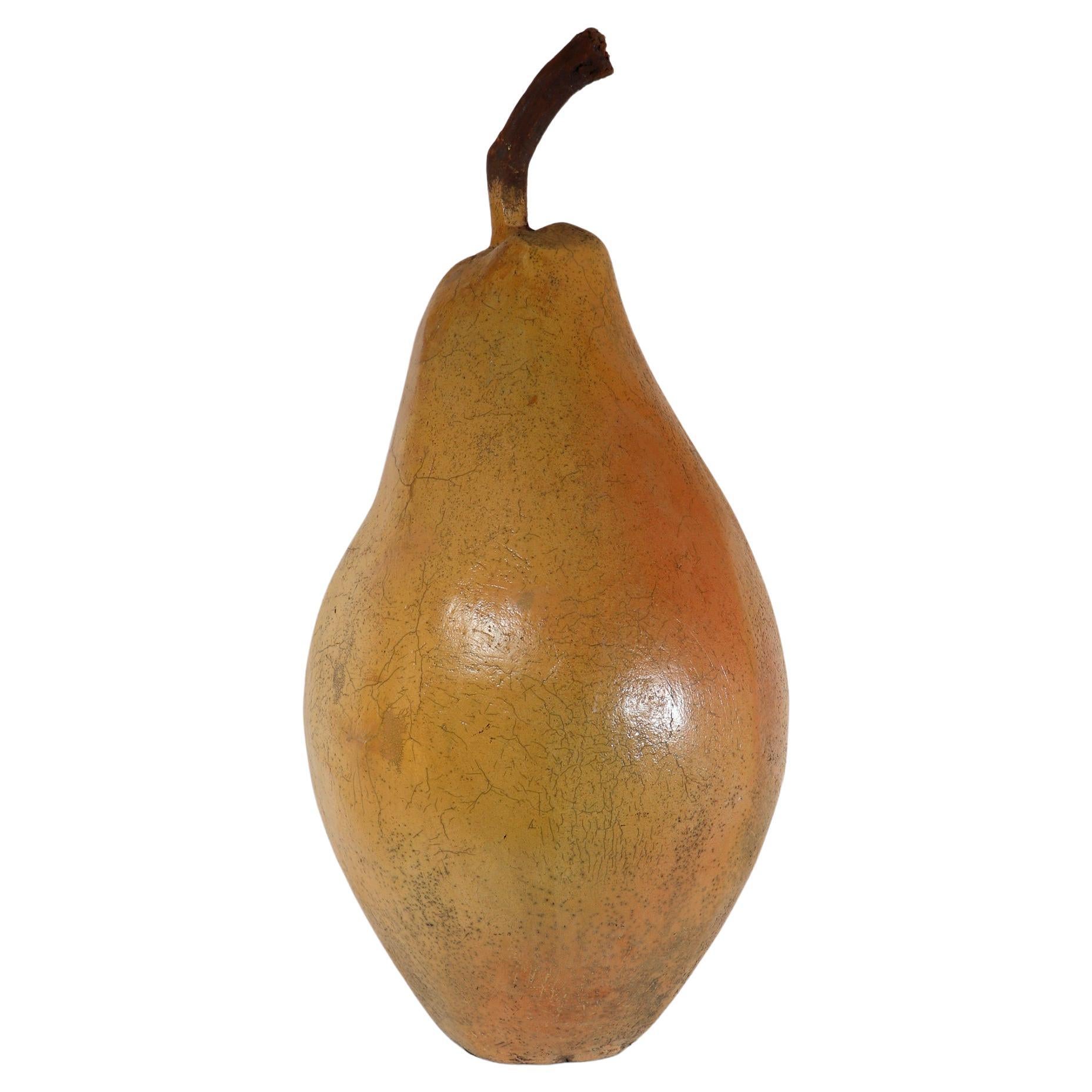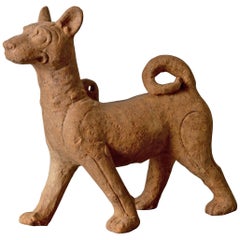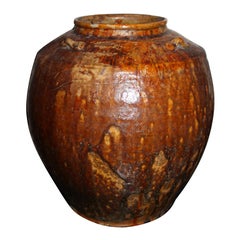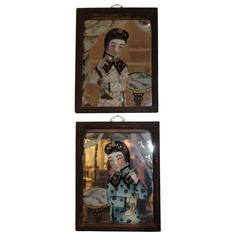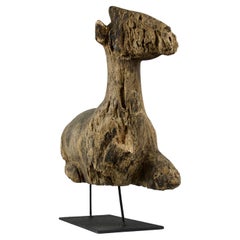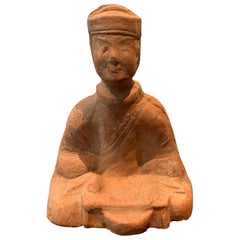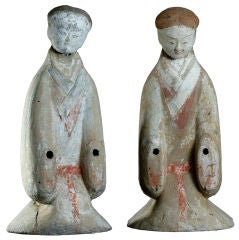
Sculptures Chinese Pair of Rare Han Dynasty China
View Similar Items
Want more images or videos?
Request additional images or videos from the seller
1 of 2
Sculptures Chinese Pair of Rare Han Dynasty China
About the Item
- Dimensions:Height: 19.7 in (50.04 cm)Diameter: 9.4 in (23.88 cm)
- Sold As:Set of 2
- Style:Han (Of the Period)
- Materials and Techniques:
- Place of Origin:
- Period:
- Date of Manufacture:206 BCE-220 CE
- Condition:Wear consistent with age and use.
- Seller Location:New York, NY
- Reference Number:1stDibs: U100121882962
About the Seller
4.2
Recognized Seller
These prestigious sellers are industry leaders and represent the highest echelon for item quality and design.
Established in 1979
1stDibs seller since 2009
227 sales on 1stDibs
Typical response time: 5 hours
More From This SellerView All
- Sculpture Dog Sichuan Pottery Han Dynasty Period ChinaLocated in New York, NYSculpture Sichuan pottery walking Han dynasty period, China. A Han sculpture in the shape of a dog. Of the large number of figurines unearthed in burial sites in the city, pottery dogs are among the most unique. These marvelous animated tomb figurines...Category
Antique 15th Century and Earlier Chinese Han Animal Sculptures
MaterialsPottery
- Urn Chinese Glazed Brown Ming ChinaLocated in New York, NYUrn Chinese Glazed Brown Ming China. A Glaced Ming Urn from China. Made during the Ming Period 1368-1644.Category
Antique 15th Century and Earlier Chinese Ming Jars
MaterialsPottery
- Paintings on Mirror Glass Chinese 18th Century ChinaLocated in New York, NYPaintings on Mirror Glass Chinese 18th Century China. A pair of paintings made on mirrored glass. Made during the 18th century in China. Original fr...Category
Antique 18th Century Chinese Chinese Export Paintings
MaterialsMirror
$2,000 Sale Price / set20% Off - A Pair of Baroque CandlesticksLocated in New York, NYA pair of French Baroque/Louize XIV candlesticks in lovely patinated brass. Decorated with flowers and swags. Octangonal base. All original condition.Category
Antique 19th Century French Candle Holders
MaterialsBrass
- Chinese "A La Chinoise" NightstandLocated in New York, NYA Chinese red lacquered nightstand with "a la chinoise" decorations, brass hardware.Category
Antique 19th Century Chinese Night Stands
MaterialsWood
- A pair of Empire Candelabras FranceLocated in New York, NYA pair of candelabras in gilt bronze and dark patinated bronze. Candleholders for six candles. Made during the Empire period 1790-1810.Category
Antique 19th Century French Candle Holders
MaterialsOrmolu
$6,000 / set
You May Also Like
- Han Dynasty, Laying Doe Wood Sculpture, China 100ADLocated in PARIS, FRSuperb sculpture of a laying doe from the Chinese Han Dynasty (206BC-220AD). Remainders of polychromic paint, namely red, symbol of good fortune and joy as well as the season of summer, and green, symbol of vigor and vitality and the season of spring. Mounted on base. A similar sculpture in bronze is kept at the Met Museum with the following description " A low bed, small table, and screen were often the only furnishings in a Han-dynasty room. The floors were generally covered with mats kept in place with weights in the shape of single animals, fighting beasts, or entertainers." Condition seen in pictures. Dimensions in cm ( H x L x l ) : - Sculpture : 35 x 40 x 10 - With base : 45.5 x 44 x 15 The Han Dynasty ruled China from 206 B.C. to 220 A.D. and was the second imperial dynasty of China. It is known for its promotion of Confucianism as the state religion and opening the Silk Road trade route to Europe, permanently altering the course of Chinese history. Han Dynasty art and inventions like paper still influence the world today. From the Han Dynasty to the present, deer can be found in many materials and media—rock crystal, nephrite, ink on paper, porcelain, cloisonné enamel, jade, bamboo root, textile, bronze, etc.—alone or in groups, among trees and rocks and in various positions. They appear on everyday objects, from boxes to incense burners, incense holders, lamps, mirror holders and the droppers scholars used when they wrote. A symbol of longevity and grace in Chinese mythology, the word deer is pronounced lu, a homonym for emoluments—favors granted to officials. They therefore represent wealth, nobility and success in imperial examinations (civil service exams for selecting candidates for the state bureaucracy in Imperial China). Deer were the faithful companions of Shu Lao, the god of longevity, and the goddess Magu. They were reputed to live long and to be the only creature able to find the mushroom of immortality, linghzhi. Although its spots are different, deer are sometimes confused or associated with stags, a Manchu hunting trophy whose antlers served to make prestigious furniture. (La Gazette Drouot, Claire Papon) For the colours found on this piece, in Chinese culture, red symbolizes good fortune and joy. Green, symbolizes the spring when everything is brimming over with vigor and vitality. The Han Dynasty (206 B.C. to 220 A.D.) continued the Qin Dynasty’s use of dark colours, but incorporated red. During the earlier years, or Western Han Dynasty, ordinary people wore red while court dress was black. Shoes were red in color. The clothing worn for sacrificial rites was black edged with red. In the later Eastern Han Dynasty, red symbolized the dynasty’s “fire Virtue” and became predominant. Court dress was red. Sacrificial rites called for a red-edged white layer under robes with red socks...Category
Antique 15th Century and Earlier Chinese Han Mounted Objects
MaterialsWood
- Large Han Dynasty Pottery Sculpture of a DogLocated in Dallas, TXHan Dynasty life size Terracotta sculpture of a dog. Buried in a tomb for thousands of years; this mingqi companion has decided to come back and accompany the living. I’m actually taking a liking to this pup; most probably a fierce pit bull...Category
Antique 15th Century and Earlier Chinese Han Animal Sculptures
MaterialsTerracotta
- Chinese Terracotta Tomb Figure East Han DynastyLocated in Atlanta, GAA small Chinese terracotta tomb figure (Ni Yong) from East Han dynasty (25-220 AD), likely from the area of nowadays Sichuan. It depicts a sitting male wit...Category
Antique 15th Century and Earlier Chinese Han Ceramics
MaterialsTerracotta
- Han Dynasty Pottery Sculpture of a Winged Lion Mythical BeastLocated in Dallas, TXA Large Han Dynasty Terracotta sculpture of a Mythical Beast. Possibly a horned tiger but most probably a winged lion often seen in ancient jade sculptures. I cant emphasize how ra...Category
Antique 15th Century and Earlier Chinese Han Animal Sculptures
MaterialsPottery
- Large Chinese Terracotta Tomb Figure East Han DynastyLocated in Atlanta, GAA Chinese terracotta tomb figure (Ni Yong) from East Han Dynasty (25-220 AD), likely from the area of nowadays Sichuan. It appears to depict a groom figure with attires and harness i...Category
Antique 15th Century and Earlier Chinese Han Sculptures
MaterialsTerracotta
- Han Dynasty Horse Sculpture, 206BC- 209 ADLocated in Tunbridge Wells, GBHan Dynasty Horse Sculpture, 206BC- 209 AD It is interetsing to note the position of the riders feet. They are gripping the shoulder of the horse. D...Category
Antique 15th Century and Earlier Chinese Han Animal Sculptures
MaterialsPottery
